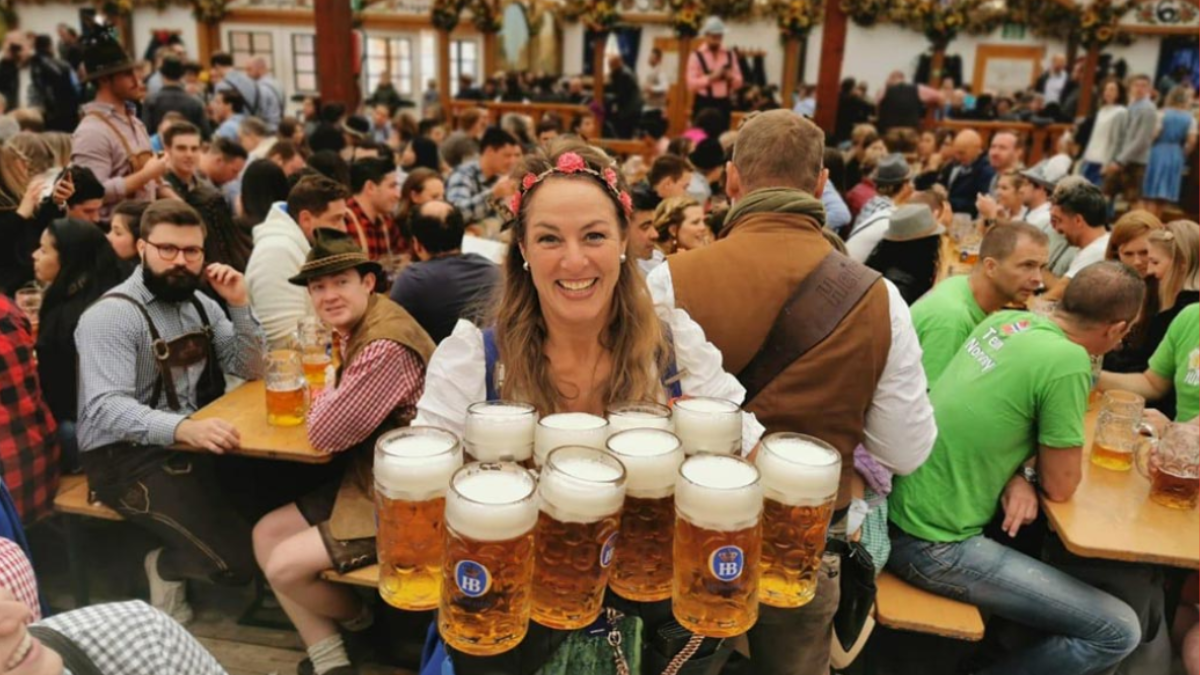
Advertisement
Octoberfest, or Oktoberfest as it is spelled in its Bavarian homeland, is one of the most recognized cultural festivals in the world. What began as a royal wedding celebration in 1810 in Munich has transformed into a cultural institution attracting millions of visitors annually. Beyond the beer tents and brass bands, Oktoberfest is steeped in tradition, representing Bavarian pride, hospitality, and community.
When German immigrants brought the tradition to America in the 19th century, the festival took on a new identity. U.S. cities like Cincinnati, Milwaukee, and Denver, with their strong German-American communities, became the earliest hosts of Oktoberfest events. Over time, these American iterations expanded beyond their cultural roots to become mainstream celebrations filled with parades, concerts, and food stalls.
Today, Oktoberfest in the U.S. isn’t just about honoring German heritage—it’s about creating a distinctly American version of celebration. Beer companies like Anheuser-Busch and Samuel Adams have commercialized the festival, crafting seasonal brews to tap into the Oktoberfest spirit. For many Americans, Oktoberfest is less about heritage and more about community, togetherness, and marking the transition into autumn.
Oktoberfest’s Bavarian Origins
The very first Oktoberfest took place in 1810 to celebrate the marriage of Crown Prince Ludwig of Bavaria to Princess Therese of Saxony-Hildburghausen. Citizens of Munich were invited to enjoy horse races, beer, and festivities. Over time, this event grew into a recurring celebration held on the Theresienwiese grounds, marked by massive beer tents hosted by Bavarian breweries such as Hofbräuhaus and Paulaner.
The cultural roots of Oktoberfest emphasized Bavarian unity, folk traditions, and regional pride. Traditional attire like Dirndls and Lederhosen became symbols of participation. Food also played a central role, with pretzels, bratwurst, and roast chicken complementing the beer culture. These authentic elements continue to shape Oktoberfest in Munich today.
The Arrival of Oktoberfest in America
As German immigrants settled in the U.S. during the 19th century, they brought Oktoberfest with them. Cities with strong German-American populations, like Cincinnati and Milwaukee, became early adopters. Cincinnati’s Oktoberfest Zinzinnati, now one of the largest in the U.S., attracts hundreds of thousands each year with parades, polka bands, and enormous beer steins.
Over time, American Oktoberfests began blending old traditions with new. Live rock bands, food trucks, and craft beer vendors replaced traditional folk tents in many places. What remained constant was the communal spirit—celebrating together, often in public spaces that mirrored the open-air gatherings of Munich’s Theresienwiese.
The American Reinvention of Oktoberfest
American Oktoberfest isn’t about replicating Munich—it’s about reinvention. Breweries like Samuel Adams have created seasonal Oktoberfest beers that dominate shelves every September. Sports stadiums host themed events, blending tailgating culture with Bavarian beer hall spirit.
What makes the American version unique is its inclusivity. Unlike the Munich Oktoberfest, which follows rigid traditions, American celebrations incorporate multicultural music, a broader range of food options, and events like stein-hoisting competitions or dachshund races. It’s no longer just a festival for German-Americans—it’s a nationwide cultural marker that signals fall.
Conclusion
Oktoberfest has grown from Bavarian origins into a truly global phenomenon, and its American reinvention illustrates how cultural traditions adapt to new contexts. In the U.S., Oktoberfest has become less about heritage and more about togetherness, fun, and seasonal celebration. Whether sipping a craft Oktoberfest lager in Boston or attending a massive street party in Cincinnati, Americans have made the festival their own.
